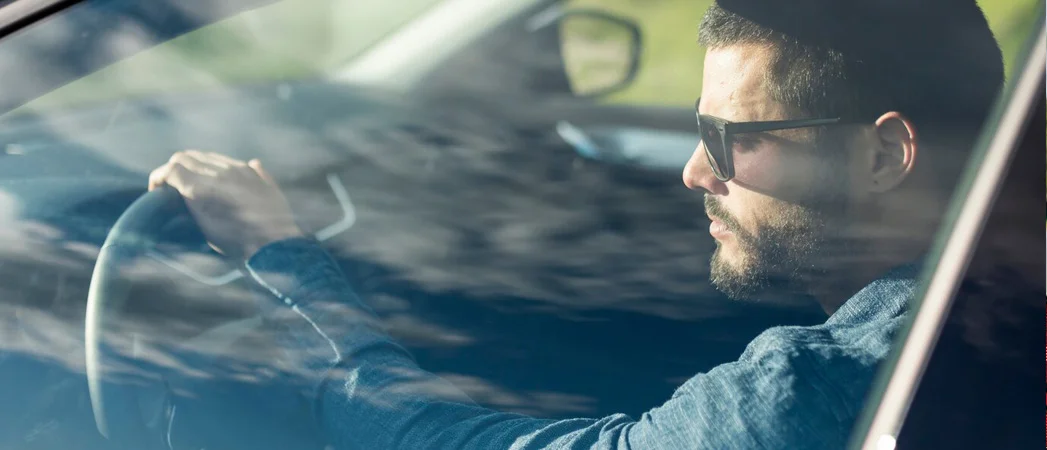|
|
Last
Modified on
Jan 29, 2025
For many who live and work in the industrial corridor between Baton Rouge and New Orleans, the workday begins before the first light. After Daylight Savings Time (DST) ends, the ride home also takes place after dusk.
This presents special safety hazards to drivers, especially in fog-prone south Louisiana, with its close proximity to so many large bodies of water and elevated highways. For these workers — and all others who travel these highways and byways — the following tips may be helpful.
Optimize your vision
It’s a fact that visibility is lower when the sun is rising from and sinking beneath the horizon. Visual conditions change and deteriorate during the dawn and dusk hours of the day, even during optimum weather conditions. Add the elements of rain and fog, and drivers have to navigate very dangerous road conditions.
The glare can create hazards as motorists struggle to adjust. Wearing sunglasses and making strategic adjustments to the sun visors can counteract some of the visual challenges drivers face on their morning and evening commutes.
Understand how the eyes react to light changes
Our eyes adjust to changing light conditions incrementally. There is a marked shift in the perception of color contrasts, depth perception and peripheral vision. The glare from the sun can make traffic signals less visible, so it’s wise to watch traffic patterns for cues that a light may be about to change (or already has). Keeping the windshield clear and unobstructed can also improve your visual field.
Put your headlights on
Most newer cars and passenger trucks now come equipped with daytime running lights. But if you are driving an older model, you can enhance your visibility on the road by flipping on your headlights.
Be aware of fatigue
It’s understandable that you may be sleepy in the morning and tired after a hard day’s work, especially if your job entails working outside in the heat. But driving while fatigued increases motorists’ risk of deadly highway accidents.
Therefore, make sure that you are getting a good night’s sleep, which for most people is eight hours. If you still find yourself struggling to stay awake during the daily commute, consider car-pooling with other workers or using another type of transit service.
Don’t tailgate
Anyone who faces the Metairie bottleneck during the peak rush hours can attest to the difficulties in avoiding bumper-to-bumper traffic jams. Still, by creating a buffer zone of at least a car length, you give yourself the extra second or two that might save you from a bad accident.
Know what to do after an accident
Accidents happen, and when they happen to you, it’s important to understand your rights in the matter under Louisiana law. You may be able to file a claim for compensation for your damages and injuries.






